The best crops from the Kansai region's largest group of vinyl greenhouses

Kusatsu City established the "Kusatsu Brand" with the aim of revitalizing local industries and improving the city's image. 15 attractive local resources, such as agricultural products, processed foods, and crafts, have been carefully selected and certified. This time, we will introduce one of these agricultural products that Kusatsu City is proud of, named "Vejikusa," and the city's flower, the Kusatsu Aobana.
-
Table of Contents
- Agricultural products (VEJIKUSA)
- Kusatsu Aobana
Agricultural products (VEJIKUSA)
Omi Kusatsu Rice - Takumi no Yume
This premium rice was cultivated by Kusatsu's leading rice farmers, aiming to produce the finest Koshihikari rice.
Only rice that meets the strict criteria of a taste score of 85 points or above and an appearance grade of 1 is carefully selected, and it is so rare that there are years when it is not shipped.
This is a product of Kusatsu's pride and joy, born from the natural environment and farmers.

Aisaina
Kusatsu City is one of the largest greenhouse vegetable producing areas in the Kinki region. Wasabi greens grown here are loved for their colorful appearance and are named "Aisaina."
It is a versatile vegetable that can be easily obtained all year round and goes well with a variety of dishes such as salads, hotpots, tempura, stir-fries, etc. It is popular with both children and adults.
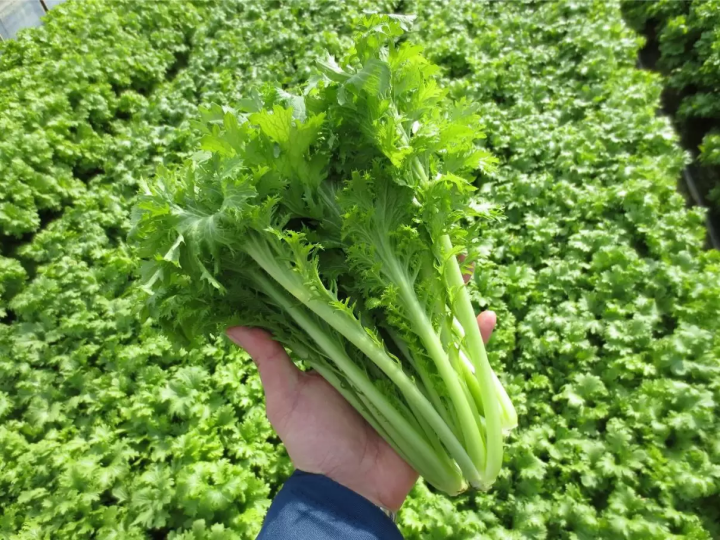
Lake Biwa Genki Asparagus
Genki Asparagus was named with the hope that it will give energy to everyone, from children to adults.
Asparagus is most delicious just before it is harvested, and asparagus from Kusatsu City in particular is characterized by its juicy freshness, almost dripping with water.
Grown using the highest quality fish meal fertilizer, this enhances the flavor even more.
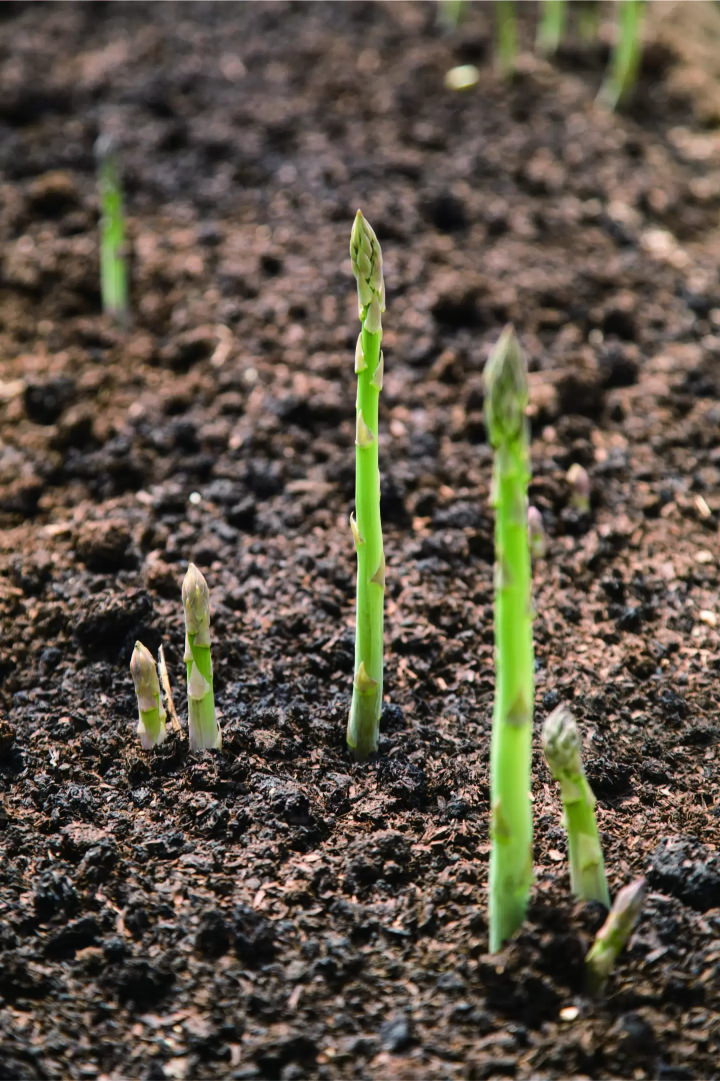
Lake Biwa Karasuma Lotus Root
Karasuma Lotus Root began with the cultivation of lotus root on the Karasuma Peninsula, a famous lotus flower viewing spot.
It is grown taking advantage of Lake Biwa's abundant waters and is in season in the winter.
The meat has a crisp and sweet texture and is delicious eaten as thick-sliced steaks or deep-fried.
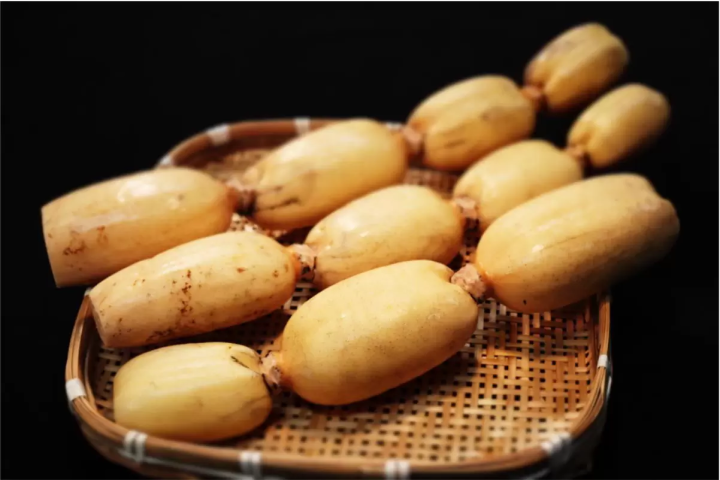
Kusatsu Melon
Kusatsu melons have been cultivated in Kusatsu since 1982. Both green-fleshed and red-fleshed melons are popular.
Thanks to accumulated cultivation techniques and consistent management from cultivation to sales, we have produced an extremely sweet melon that boasts some of the highest sugar content in the country.
It is so popular that there are long lines at the direct sales store every year.
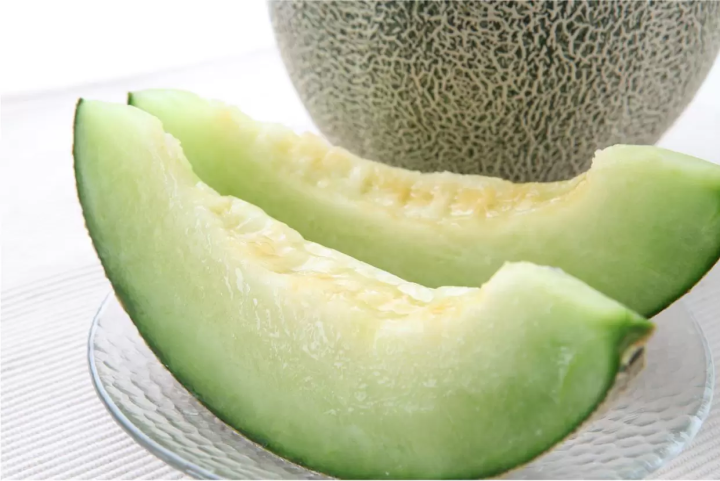
Kusatsu Aobana
The city flower of Kusatsu, the blue-and-white flower, is a precious flower that has been cultivated mainly in Kusatsu since the Edo period and has even appeared in Utagawa Hiroshige's ukiyo-e prints.
"Aobana paper" is made from the blue pigment contained in the petals of this flower, and has been used as paint for underpainting in Yuzen dyeing and tie-dyeing.
Recently, Aobana has been incorporated into tea, cookies, and other products, and the number of processed products made from Aobana is increasing.
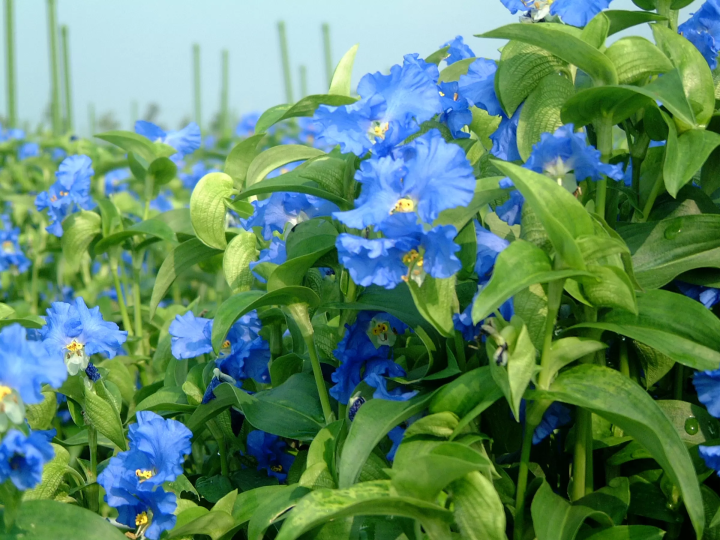
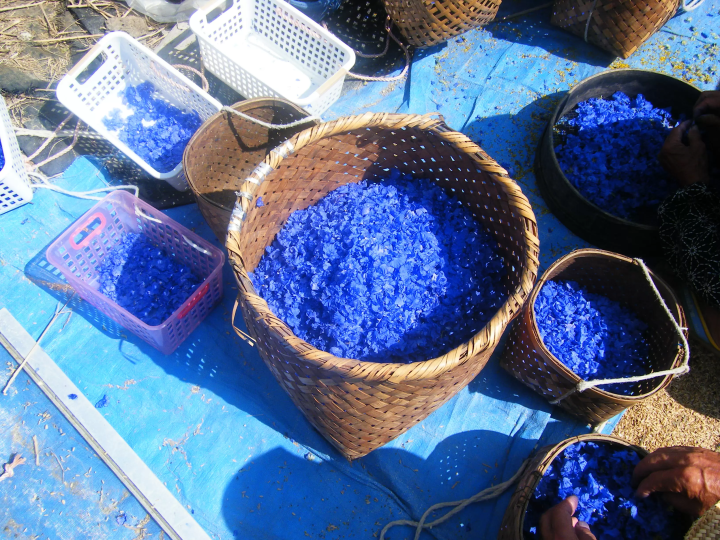
This site introduces tourist information for Kusatsu City, Shiga Prefecture. It is packed with information on attractive spots, hotels, and gourmet food, such as the nature-filled aquatic plant park Mizunomori, Lake Biwa Museum, the historic Tachiki shrine and the Sandai shrine, Kusatsujuku Honjin, and Rokuha Park, which is fun for the whole family.
The contents on this page may partially contain automatic translation.

































![[JR KYUSHU HOTEL Blossom Oita] A hotel directly connected to Oita Station - A comprehensive guide to access!](https://resources.matcha-jp.com/resize/720x2000/2025/10/23-247814.webp)
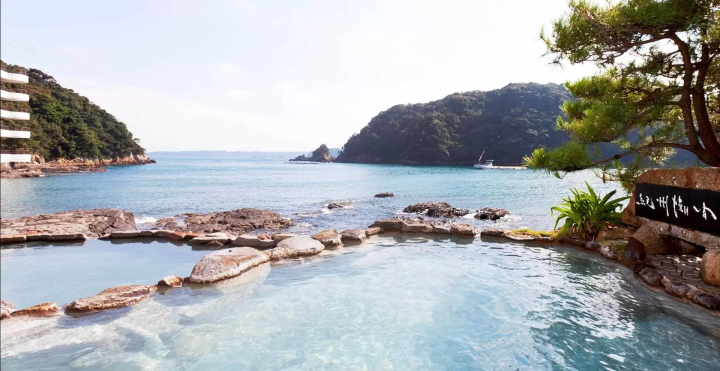
![Deep dive into Japanese brands! A tour of famous leather shoe stores with GENSEI & Nin [Harta Edition]](https://resources.matcha-jp.com/resize/720x2000/2025/12/18-253277.webp)
